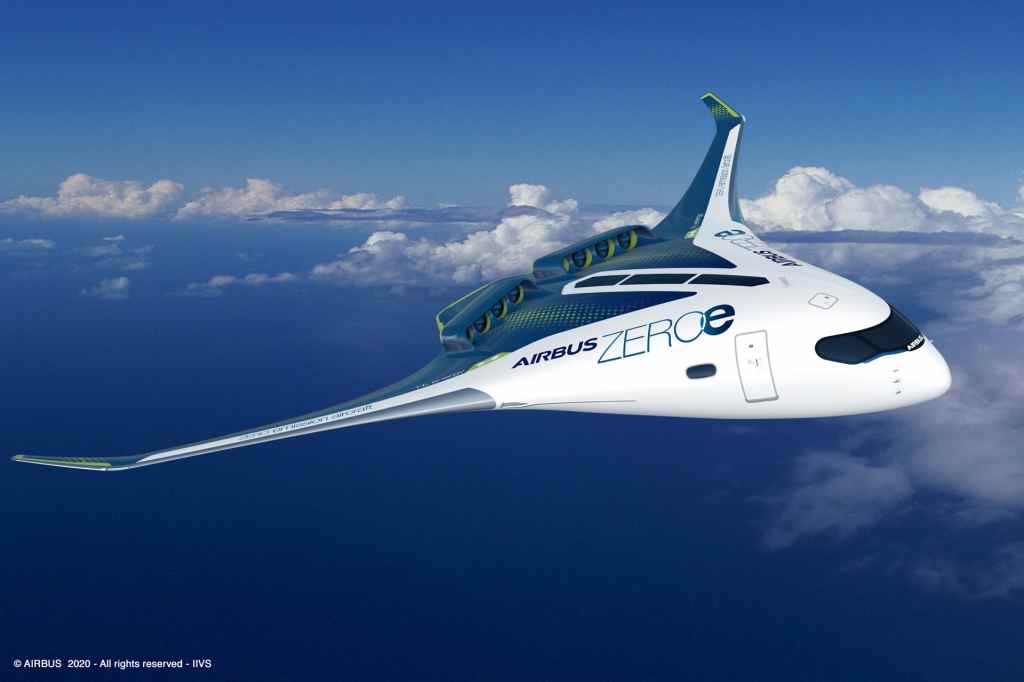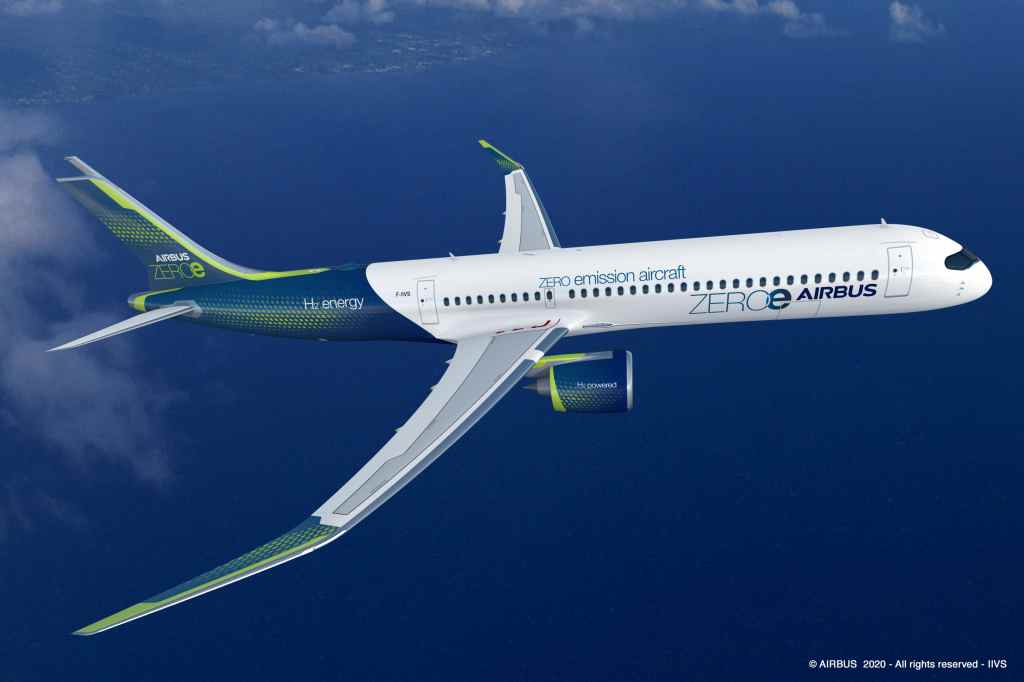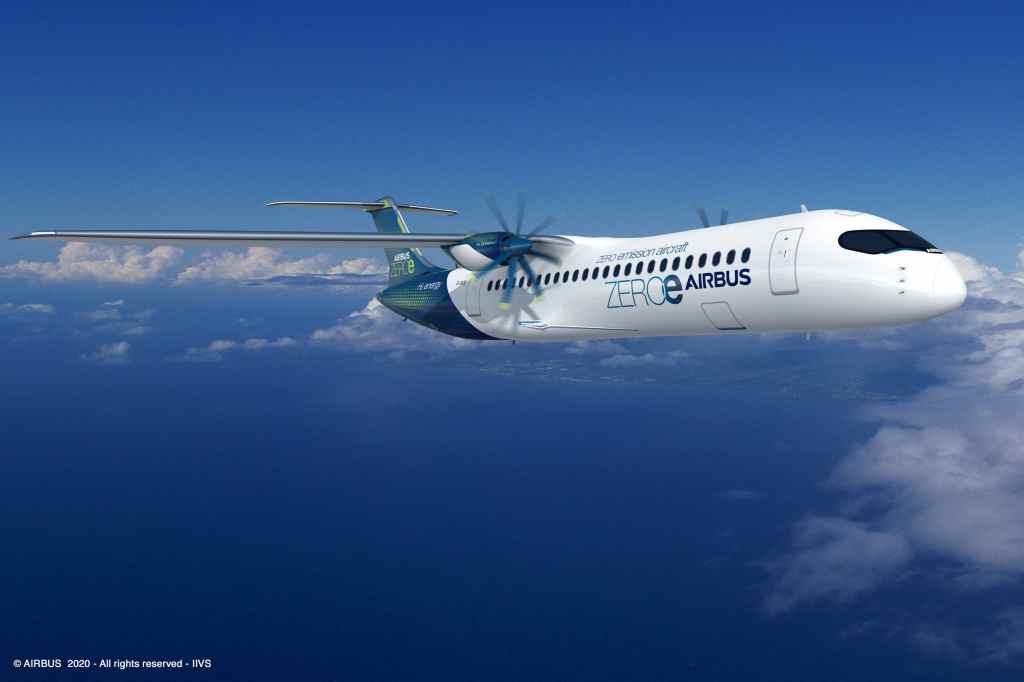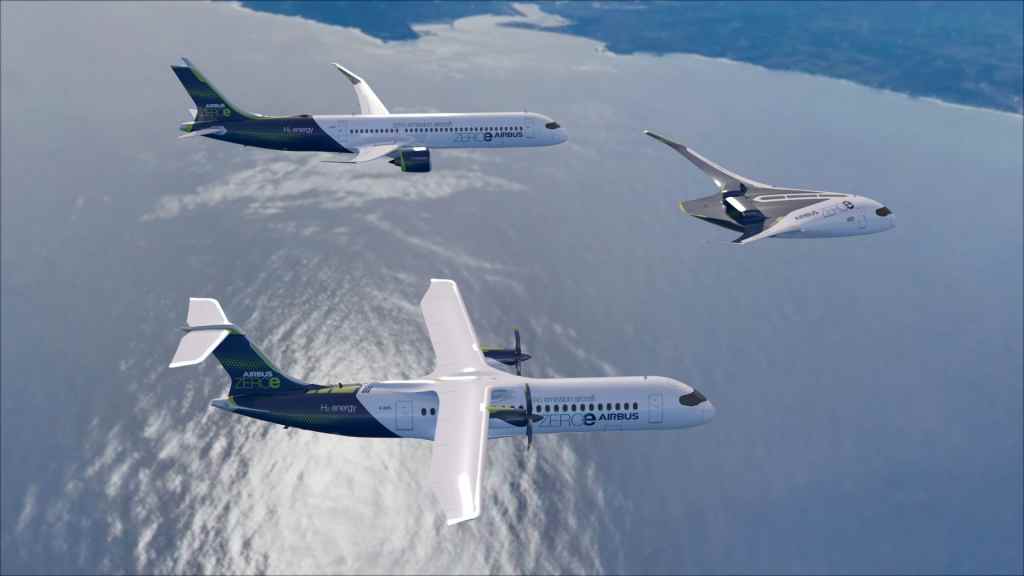Airbus has presented three prototypes of the first 100% electric commercial aircraft to start operating in short, medium, and long-haul transport to begin their commercial flights in 2035.
Each of these concepts represents a different approach and designed for a specific type of application. Some proposals that explore various technological pathways and aerodynamic configurations to accelerate the decarbonization of the entire aviation industry.
In all three cases, the electric propulsion system will be powered by a hydrogen fuel cell, which Airbus stands out as a primary energy source. An option that Airbus considers promising as a clean fuel for aviation and also offers a solution so that the aerospace industry meets its emission neutrality targets.
According to Guillaume Faury, Airbus Chief Executive Officer: “This is a historic moment for the commercial aviation industry as a whole, and we intend to play a leading role in the most significant transition this industry has ever seen. The concepts we present today give the world a glimpse of our ambition to drive a bold vision for the future of zero-emission flight. I firmly believe that the use of hydrogen, such as synthetic fuels, as primary energy sources to achieve commercial aircraft development, will help reduce the climate impact of aviation significantly.”
The three concepts, all codenamed “ZEROe,” will be the following:
A turbofan design with capacity for between 120 and 200 passengers, with a range of more than 2,000 nautical miles, capable of operating in transcontinental flights, and powered by a modified gas turbine engine that works with hydrogen by combustion. Liquid hydrogen will be stored and distributed through tanks located behind the rear pressure bulkhead.
A design that uses a turboprop engine, accommodating up to 100 passengers, and powered by hydrogen combustion in modified gas turbine engines, which would be capable of traveling more than 1,000 nautical miles, making it a perfect choice for travel regional and short distance.
A “combined wing body” design concept (up to 200 passengers) in which the wings merge with the main body will have a range of approximately 2,000 nautical miles. The exceptionally wide fuselage opens up multiple options for hydrogen storage and distribution, and cabin layout.
Airbus’ objective is to develop the technology so that in 15 years, these prototypes become not only a reality but an alternative to conventional models, starting their entire operations with passengers.




